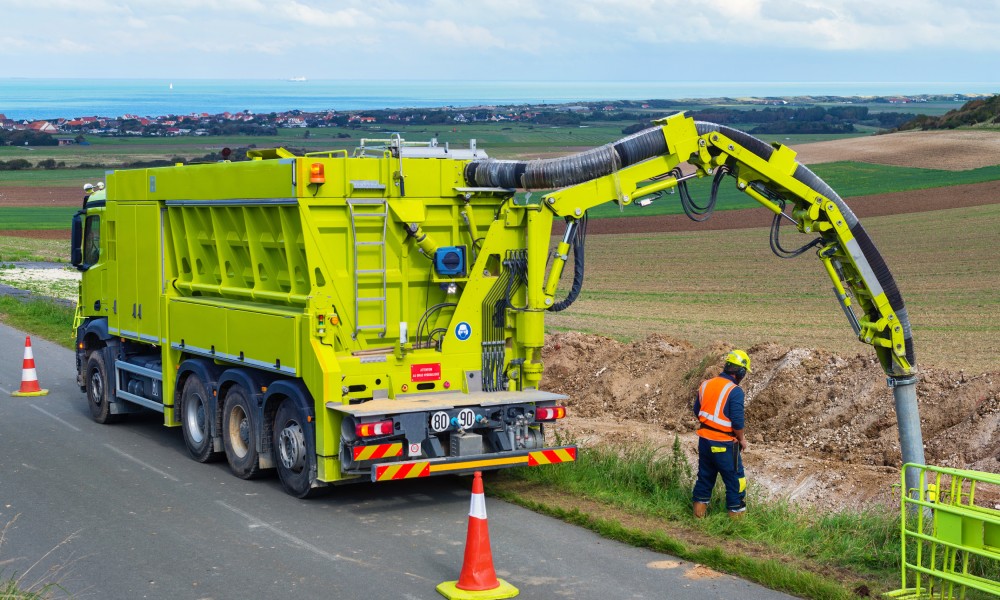
Excavation is an essential element of most construction and utility projects. However, your chosen method can significantly impact the project’s safety, accuracy, cost, and environmental impact. A popular alternative to traditional digging is vacuum excavation, and in this comparison, we’ll contrast the accuracy, safety, environmental impact, and more of these digging methods.
What Is Vacuum Excavation?
Vacuum excavation, or “soft digging,” uses special equipment to remove soil and other materials without heavy mechanical digging. The process uses high-powered suction and either air or water jets to loosen the soil. Once dislodged, the suction tube vacuums the soil into a storage tank for later disposal or reuse. This method is common in delicate operations, particularly in utility work, which requires exposing underground pipes, cables, or other infrastructure without causing damage.
What Is Traditional Digging?
Traditional digging is the more conventional excavation method, and relies on the use of shovels, backhoes, and excavators. This approach has been a mainstay in construction and utility projects for decades, largely due to its straightforward application and availability. Traditional digging necessitates large equipment, manual labor, and physical displacement of the soil. While effective for various projects, it carries risks regarding accuracy, safety, and disruption of surrounding areas.
Key Differences Between the Methods
Our comparison of vacuum excavation and traditional digging will review the key characteristics of each method. Which digging method is safer, more affordable, or faster? Find out below.
Accuracy
Vacuum excavation offers unmatched accuracy by using suction technology with targeted air or water jets to safely expose buried utilities without causing damage. This precision is vital in areas with dense infrastructure, unlike traditional digging, which relies on larger tools that can inadvertently damage pipes and cables, leading to costly repairs and delays.
Safety
Vacuum excavation reduces risk on the job in many ways. Primarily, it removes workers from potentially hazardous situations, reducing the likelihood of worker injuries from incidents, such as cave-ins or utility strikes.
Environmental Impact
Vacuum excavation is environmentally friendly, displacing only the necessary material and reducing soil disruption. Its process allows for easier material reuse or disposal, unlike traditional digging, which often leads to significant environmental degradation, excessive waste, and challenges in site restoration.
Cost
Although vacuum excavation has higher initial equipment costs, it saves money long-term by reducing labor, utility damage, and project delays. Traditional digging may seem cheaper upfront, but often incurs hidden costs from repairs, restoration, and additional labor hours.
Speed
Vacuum excavation excels in efficiency, enabling faster project timelines by avoiding utility damage and minimizing soil movement. Traditional digging, while effective for large-scale tasks, is slower due to heavy machinery use, extensive soil displacement, and potential delays from utility repairs.
Choosing the Best Method for Your Project
Consider your project’s needs when choosing between vacuum excavation and traditional digging. Vacuum excavation offers precision, safety, and minimal environmental impact, making it ideal for urban areas, utility work, and infrastructure-dense locations. Traditional digging works well for larger-scale projects with simpler requirements or tighter budgets, but may come with higher risks and costs. Understanding the strengths and limitations of each method ensures efficient, safe, and cost-effective project execution.
